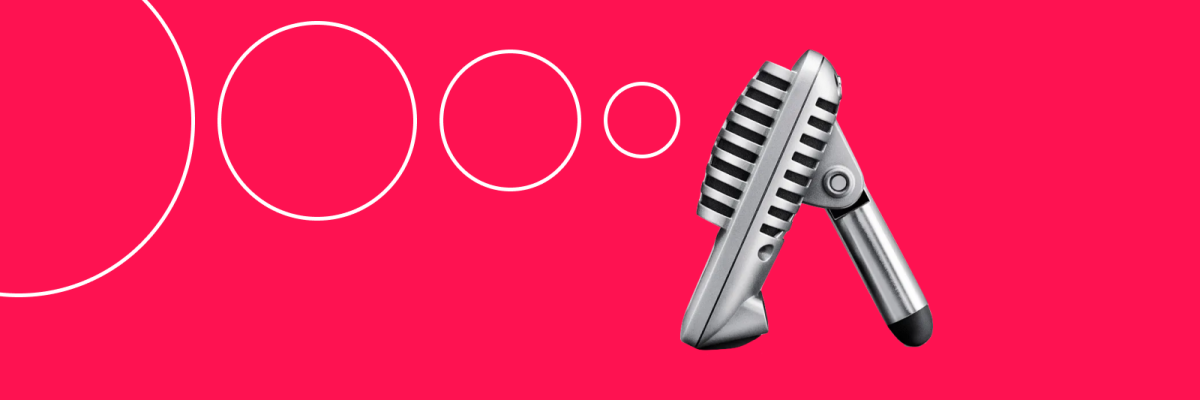How to choose the best podcast microphone for your needs in 2022
One entertainment format that has gone from strength to strength in the past decade is the humble podcast. If you’re thinking about starting your own—or you’re looking to take your game to the next level—it’s worth taking a few minutes to look at what features make the best podcast microphone and which mics meet your needs.
Why microphones matter in podcasting
If choosing a concept for your podcast is step one, then step two is selecting the right microphone for recording your podcast. A microphone can make or break a podcast, not least because it affects how an audience hears and engages with your content. Hissing, background noise, muddy clarity: all can negatively affect your podcast’s popularity. That’s why it pays to invest in a good microphone that delivers premium audio quality every time. It isn’t just about being a strict audiophile, though: microphones for podcasts should also be simple and intuitive to use, with settings you can adjust with ease. After all, the focus should be on your content, not whether the sampling rates are of a high enough resolution (though if you pick the right mic, they will be). This is where factors such as XLR, USB, and dynamic and condenser setups come into play.
USB or XLR microphones: Which one is better for podcasting?
You’ll likely be choosing between a microphone with a USB port and one with an XLR connection. The advantage of a microphone with a USB port is that you can simply plug it in, launch your podcasting software, and start recording. This is a good option if you’re less interested in the technical side of things and more focused on getting the content down on (digital) tape. If Twitch streaming is your thing, for example, the HyperX QuadCast for gaming is one of the best USB microphones for podcasting.
By contrast, the XLR variant requires either an audio interface or a mixer to connect to your computer. That may sound like a downside, but it is actually the more professional setup, as the interface gives you maximum freedom to adjust tones, frequencies, and volumes. You can also take advantage of plug-in packs that you can download online. This Shure MV7 Podcast Microphone has both USB and XLR connections (not to mention a touch-panel interface), so you’re free to decide which route to take.
What’s the difference between a dynamic and condenser microphone?
A dynamic microphone picks up less sound overall than a condenser microphone and is more physically robust—ideal if you regularly find yourself on the go. Their lower sensitivity to sound produces a warmer tone overall (think radio broadcaster) and enables them to record at much higher volumes than their condenser counterparts. The Shure SM7B wired dynamic microphone is a strong option in this segment, with specs suitable for most home streamers, an ergonomic design, and simple setup. Condenser microphones, meanwhile, are much more sensitive, but this is part of their strength: it allows the condenser microphone to capture more nuance in your voice, making you sound more natural and closer to your audience. The Shure MV51 Condenser Microphone is a superb choice in this regard, given its strong specs, range of recording modes, ability to record straight to iOS devices, and cool retro look.
Get your hands on the best podcast microphones with Grover
Ready to turn your concept into a bona fide podcast and build a legion of loyal listeners? Head over to Grover for all your podcasting needs. Our selection runs the gamut from plug-and-play microphones for home enthusiasts to more high-end models guaranteeing perfect audio clarity. Not only that, but all our mics are available for an affordable monthly rental fee, are delivered within 3–5 days, and come with our free Grover Care policy. And if you need a camera or an interface to go with your new microphone? Well, we have that, too. Time to get broadcasting.


